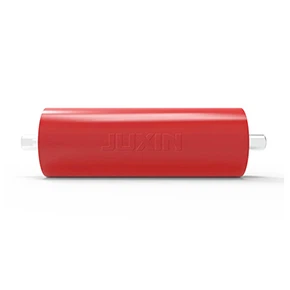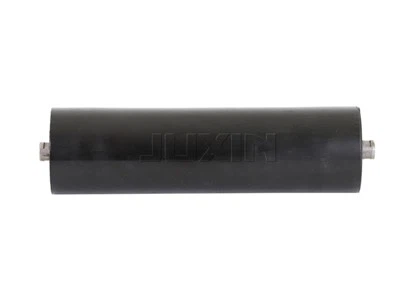Rollers are important components of belt conveyors, with a wide variety and large quantity. The function is to support the belt, reduce the running resistance of the belt, and ensure that the verticality of the belt does not exceed a certain limit to ensure smooth operation of the belt.
Rollers are classified according to their purposes as self-aligning rollers, buffering rollers, groove rollers, and parallel rollers. The function of the self-aligning roller is to correct the deviation of the belt conveyor. Usually, a rotary groove self-aligning roller is installed on the heavy-duty section of the conveyor, and a parallel self-aligning roller is installed on the unloaded section. Buffer rollers are applied to the tail frame of the machine according to actual conditions. When receiving materials, they can reduce the impact of materials on the belt, which is beneficial for the service life of the long belt. The groove shaped roller is generally composed of two side rollers and one flat roller, with a groove angle of generally 30 degrees. For detachable belt conveyors, the three rollers of the groove shaped roller are hinged to each other, hence the name hinged roller. The parallel roller is generally a long roller, which is installed at the lower end that bears pressure, hence it is called the lower roller.
Rollers are divided into two types in terms of material: steel and plastic rollers. There are three types of bearing seats for rollers: cast iron, stamped steel plate, and phenolic plastic.
The sealing of rollers can be divided into steel and plastic. Their seals are filled with lubricating grease internally. The quality of the rollers directly affects the electrical energy consumption of the belt conveyor and the lifespan of the belt. Therefore, reliable dust sealing and good lubrication are important usage standards.
The idler roller accounts for 35% of the total cost of a belt conveyor and generates over 70% of the resistance, so the quality of the idler roller is particularly important.






